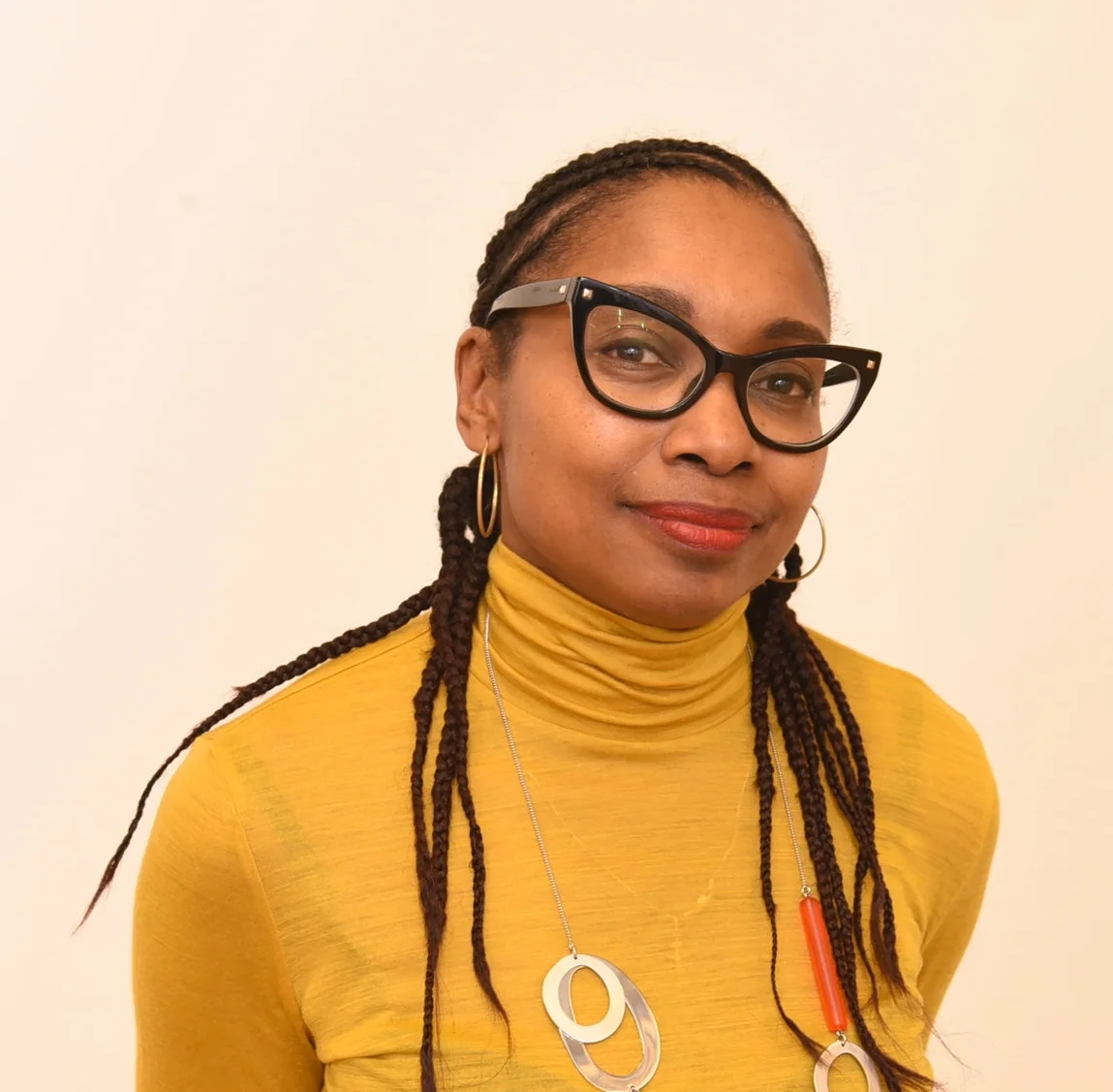Deanna Bowen's latest exhibit is her first work to enter the National Gallery of Canada collection
September 13, 2023
When it comes to thinking big and going outside the box, Deanna Bowen has never been fearful of pushing the boundaries.
In creating the largest photomural to adorn the National Gallery of Canada in its 143-year history, she has gone above and beyond.
‘The Black Canadians (after Cooke)’ draws its imagery from many sources, including public archives in Canada and the United States as well as scans of materials Bowen collected over the course of her research.
In the monumental new work, she expands her family history into a broader examination of discrimination in North America over the centuries.
The work chronologically spans about 150 years of history and reflects on Canada’s place in a global framework of colonialism and the lived realities her family and many Black, Indigenous and racially marginalized peoples who call Canada home faced.
The title for Bowen’s work references a Maclean’s magazine article titled, ‘The Black Canadian’ written in 1911 by Britton Cooke who argued against African American migration to Canada.
The large-scale installation was launched on Emancipation Day, August 1.
“It is the biggest bear hug gift to the Black community I could possibly imagine to deliver on Emancipation Day,” she said. “We have not had many opportunities to publicly celebrate this day. To be able to do it here in Ottawa, Canada’s capital, with an opportunity to bring in as many people as we can possibly can is powerful.”
The recipient of Canada’s largest prize for photography in 2021 said it is super important to bring the monumental work that speaks to a long history of Black presence.
“It’s very meaningful and powerful for me to be able to do that work and it opens the door for other communities who have come to Canada as well,” noted Bowen who is an Assistant Professor of Intersectional, Feminist & Decolonial 2D-4D Image Making and Co-Director of the Post Image Cluster at Concordia University’s Milieux Institute for Arts, Culture & Technology.
The massive two-storey high installation will adorn the Gallery’s South façade until fall 2024.
“Towering over the building, it is a collection of images that stands from the Hudson’s Bay Company and early evidence of Canadian and American slavery, the abolition of slavery and documentation of Black abolitionists such as Harriet Tubman, Josiah Henson, Mary Ann Shadd,” said Bowen who won a Governor General’s Award in Visual & Media Arts in 2020. “In addition, there are stories going from John A. Macdonald and Wilfrid Laurier to William Mackenzie King. It was important to include them because there is a benchmark where we can go back and look at the policies these Prime Ministers created which help us better understand the context in which Canadian cultural narratives have been birth.”
It is Bowen’s first work to enter the National Gallery of Canada collection.
“If you are going to do it, you might as well do it big,” was her reaction. “It means the world to me. Globally, there is a challenge of Black female artists getting recognition. I am happy to join the ranks of Sonya Boyce and a number of other Black woman artists in the United Kingdom who have just received their flowers. I am feeling good about it.”
The Black Canadians (after Cooke) exhibit at the National Gallery of Canada (Photo contributed)
Always ready to take risks, Bowen presented an exhibit a decade ago based on her longstanding research stemming from her inquiry into her ancestry of Black pioneers who emigrated from Oklahoma to northern Alberta in the early 20th century.
Jonathan Shaughnessy, National Gallery of Canada Director of Curatorial Initiatives, saw the exhibit that presented a view on the Ku Klux Klan during the American Civil Rights Movement era and its century-long history in Canada.
“Part of my job as a contemporary art curator is to circulate and see what artists are doing, see who is really engaged with the moment and telling the most interesting stories that need to be told,” he said. “Deanna’s show at York University was really engaging with the history of the Ku Klux Klan in Canada and an infamous CBC interview. As someone whose mother is British and immigrated and a father who is third generation from Southern Ontario, this was an artist who was uncovering stories for me that needed to be told.
“Beyond all of this, it was really about the work. I am interested, and I think everyone should be, in terms of artists who engage with history in different ways and look back in order for us to understand the present and the future. I love archives. With Deanna’s work in research archives, it is all about that. It attracted me and once I got to know her, it has been many years of a conversation and a dialogue that has to do with the history of this country and her work.”
Jonathan Shaughnessy (Photo contributed)
Shaughnessy said Bowen’s incredible artwork proves that multiple and conflicting truths are possible at the same time.
“In learning about these truths, we can gain a better understanding of the past and address similar questions about the present,” he added. “We recognized that difficult, but necessary conversations on discrimination in North America over the centuries can be challenging. To support these conversations, we invited a range of community leaders to offer their perspective on the installation.”
Black History Ottawa Board member Sarah Onyango, Jewish Federation of Ottawa Community Relations Specialist David Sachs and Carleton University Associate Professor, School of Indigenous & Canadian Studies Dr. Kahente Horn-Miller are featured in a video with Bowen that accompanies the installation.
‘The Black Canadians (after Cooke)’ is the second installation of the ‘Leading with Women’ series that makes art accessible by extending large-scale installations to the Gallery’s outdoor spaces.
Launched in 2021, the three-year series highlights three Canadian artists whose work is represented in the national art collection.
On the same day of the installation launch, Bowen signed her most recent catalogue, ‘Deanna Bowen’, co-published by Steidi and the Scotiabank Photography Award.
It is on sale at the National Gallery of Canada boutique.
“It is a Black on Black book that talks a lot about what is hidden in darkness and what knowledge can be found in the shadows,” the award-winning artist pointed out. “It also provides an overview of the work I have been doing to get to this moment. Every project I have created from about 2010 relates to family. It documents the process and research that got me to this place to be able to tell the story here.”








